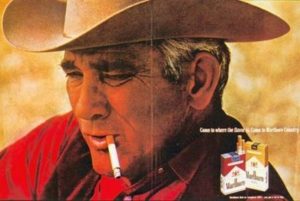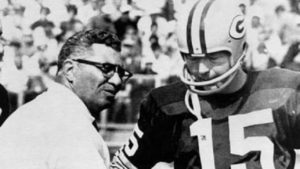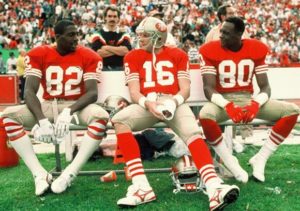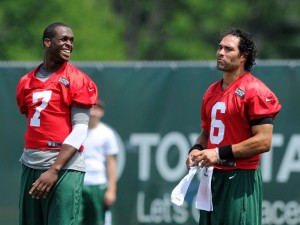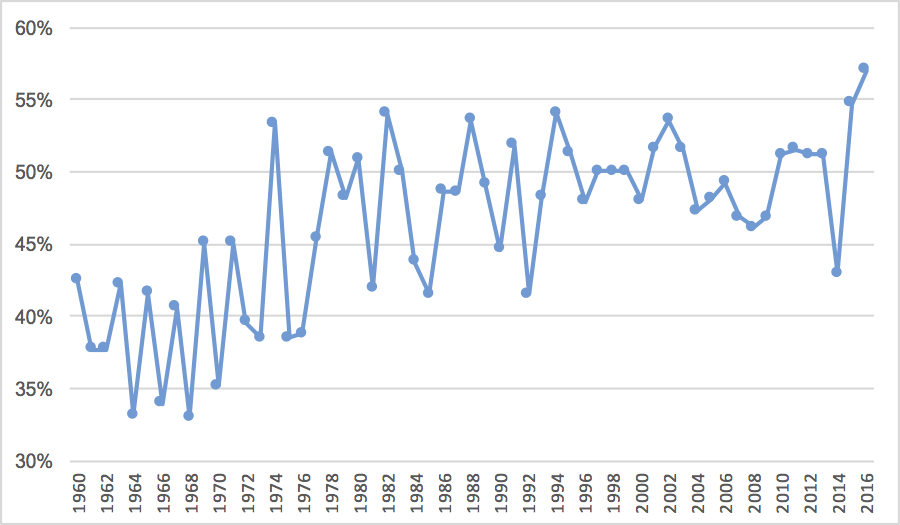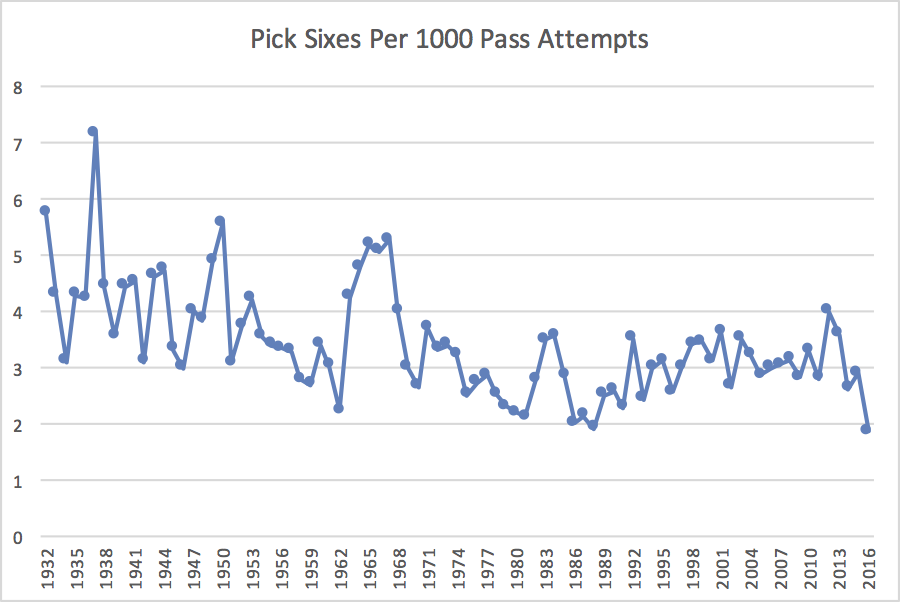
White crushes the Falcons
The 2016 Falcons were really good, and were really, really, really close to winning the Super Bowl. The Falcons had one of the most heartbreaking ends to a season in NFL history: at one point, the Falcons had a
499-in-500 shot of winning it all, and still lost. Can they possibly recover from this?
My first thought, honestly, was no. How could they? This was arguably the biggest gut punch in history: has any team, in any professional sport, at any time, been 99.8% likely to win a championship and then fail to do so?
But then I remembered the 1996 Broncos. Do you remember that team? Woody Paige wrote an article previewing the Broncos/Jaguars playoff matchup that well, you can read it for yourself. Suffice it to say, the Broncos weren’t supposed to be challenged. The Broncos clinched the 1 seed early thanks to a 12-1 record, and were expected to ride to the Super Bowl unchallenged. Instead, a shocking upset left head coach Mike Shannahan saying “This is going to hurt and this is going to hurt for a long time.”
The Broncos, having already lost three Super Bowls with lesser teams, were supposed to finally win it all under John Elway. Instead, they had a heartbreaking loss… and responded by winning the next two Super Bowls.
How about the 2004 Steelers? Pittsburgh had gone 15-1 that year under rookie Ben Roethlisberger, and hosted the AFC Championship Game against the Patriots. Pittsburgh, thanks to future New England killer Plaxico Burress, dominated the Patriots during the regular season. The Steelers had already lost AFC Championship Games at home to San Diego (’94), Denver (’97), and New England (’01) under Bill Cowher, along with the Super Bowl against the Cowboys. But with the best quarterback of the Cowher era — and Roethlisberger entered the game with a 15-0 career record– things were supposed to be different.
And yet, for the fourth time in 11 years, Pittsburgh lost at home in the AFC Championship Game, a heartbreaking finish to a season. If not then, when could the Cowher Steelers ever win it all?
Well, the next year, in fact.
The ’87 49ers were the best team in the NFL, and arguably the best team of the 49ers dynasty. But that San Francisco team was stunned in the playoffs:
Sitting through the shock at the bay is how San Francisco 49ers fans will remember a certain playoff Saturday, an occasion that was supposed to have been a walk through Candlestick Park on the way to San Diego and the Super Bowl.
Instead, the 49ers will have to live with the final score and the indignity of the season that was theirs for the taking, or so it seemed.
The Minnesota Vikings, league wild cards and everyone else’s discards, pulled off what others deemed impossible. Not only did the Vikings defeat the 49ers, 36-24, before a crowd of 62,547, they defeated them soundly and advanced to the National Football Conference championship game next week.
San Francisco, admittedly, was different than Atlanta, Denver, or Pittsburgh because the 49ers had already won two Super Bowls (although some of the names had changed). Still, this was a heartbreaking loss, and the team responded by winning the next two Super Bowls.
And how about the Tom Landry Cowboys? In ’66, Dallas lost a heartbreaker in the NFL Championship Game to the Packers (Green Bay went on to win Super Bowl I two weeks later). In ’67, Dallas lost another heartbreaker in the NFL Championship Game — aka, the Ice Bowl — to the Packers (Green Bay went on to win Super Bowl II two weeks later). The next year, a 12-2 Cowboys lost in the playoffs to Cleveland. In 1969, an 11-2-1 Cowboys team lost at home in the playoffs to Cleveland. Then, in 1970, Dallas exercised their playoff demons and made it to the Super Bowl.
In that game, the Cowboys led 13-6 entering the 4th quarter, and Baltimore star Johnny Unitas had been knocked out of the game. With 9 minutes to go, Dallas had the ball and a touchdown lead… and then disaster struck: a Craig Morton interception led to a short touchdown, and another Morton interception led to a last second game-winning field goal. If Dallas couldn’t win it all then, when could they?
The next year, as it turns out. Dallas made it all the way back, and then beat the Dolphins in Super Bowl VI. And it’s worth noting that the Cowboys lost in Super Bowl V to the Colts… a team that two years earlier had their own heartbreak to deal with. [continue reading…]

